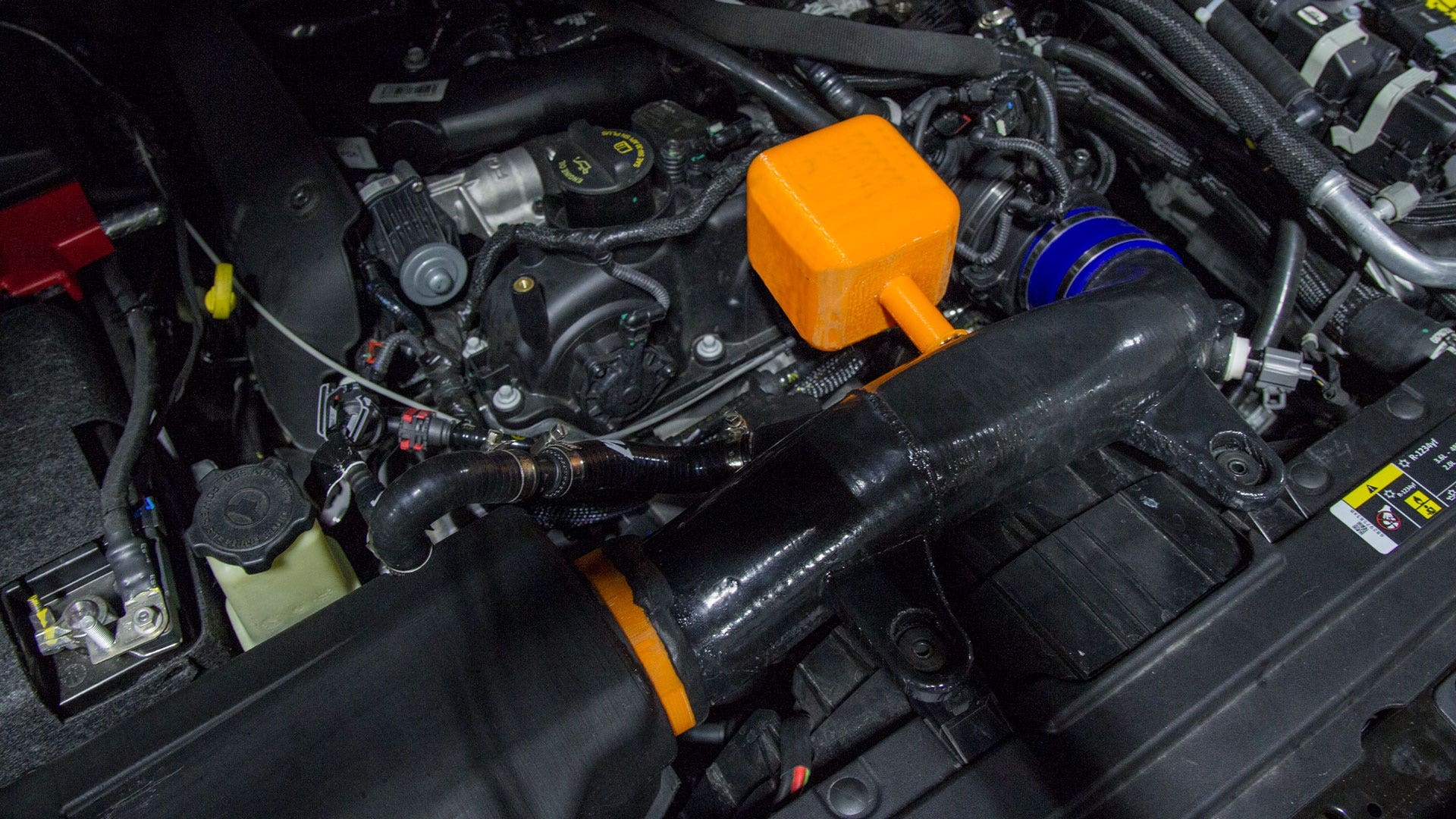
Breathing Fresh Air - Intake R&D, Part 8: Final Design
The last post for our 2018+ Jeep Wrangler 2.0L JL intake ended on a low note. We had worked for months on our high-flowing intake only to find that it made the 2.0T Hurricane engine less powerful in the RPM range that counts the most. Instead of a torquey and responsive engine that made peak power at 3,250 RPM, our intake shifted peak power up to 4,500 RPM, making the JL feel laggy and sluggish. 1,250 RPM isn't a huge gap, but when most of your driving is done below 4,000 RPM, it can make a huge difference.
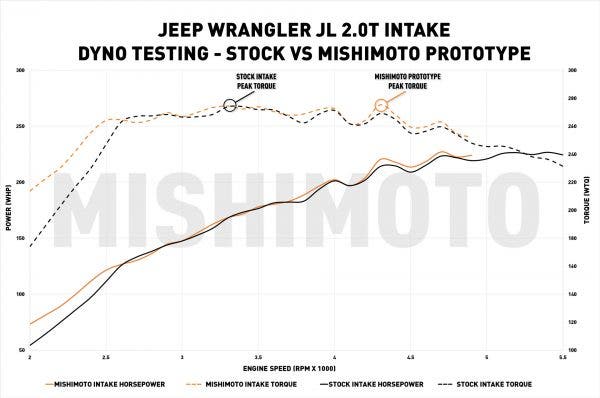
All was not lost, however. We looked back at the stock intake and found part of our solution. The branch resonators that we previously thought only affected the intake's sound appeared to play a much larger role in performance. A little research combined with our engineer's expertise revealed that the branch resonators on the stock intake tube also functioned as Helmholtz resonators.
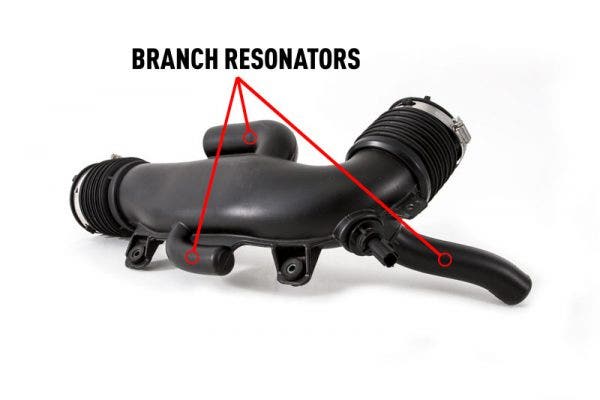
If you've ever blown across the top of an empty soda bottle, you've created a Helmholtz resonator. That sound you hear is air entering the bottle and being bounced back out in rapid waves. You probably also know that changing how much liquid is in the bottle changes the pitch of the sound. When you add or remove liquid, you change the volume of the air in the bottle and how fast the air bounces back out when you blow over it. The more air in the bottle, the slower it bounces air out and the lower the pitch. The branch resonators on the intake tube act the same way, bouncing extra air back into the cylinder. By eliminating the resonators from our original design, we also removed the increased airflow they provided.
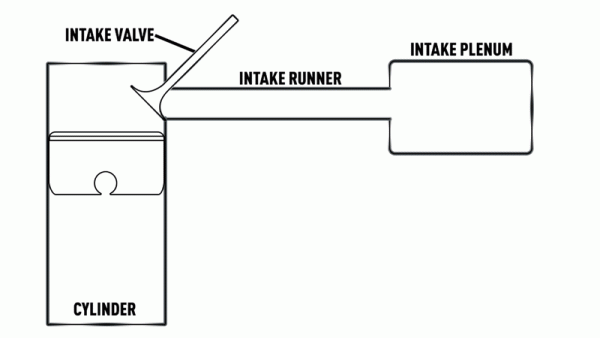
So, we knew we needed to add at least one resonator back into the system to bounce back those pressure waves. What we didn't know was how much volume was needed to target those waves at the usable RPM band. We could run calculations to determine the velocity and frequency of the waves, but with a turbocharger, intercooler pipe, bypass valve, throttle body, and intercooler in the way, there were just too many variables for that approach to be effective.
Instead, we decided to run a series of dyno tests to see how different resonator volumes affected the power band. We used our 3D printer to create a new tube with a port for the resonator, then printed four resonators of different sizes to test on the new tube. If none of the resonators hit the RPM band we were targeting, we would at least know which direction to go. We also repeated our flow bench testing with each resonator to make sure we weren't negatively impacting flow.
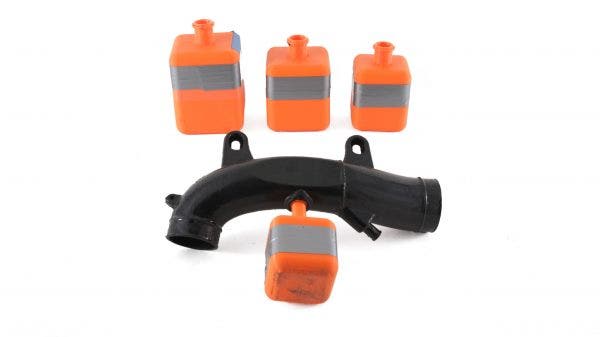
After running each of the four resonators on the dyno, we found that the smallest one replicated the stock power band nearly exactly. We were hoping that adding the resonator back in would give us a bump in horsepower or torque, but the engine's computer crushed that hope. Nevertheless, we were able to bring the JL's Hurricane back to the responsive engine it's meant to be. Best of all, the resonator decreased the pressure drop (increased flow) by another 19% compared to our original design for a total flow increase of 39% over the stock intake"that means more fresh air for your Hurricane and the potential for more power.

With the function of the resonator resolved, we needed to give it some form. Better flow is all well and good, but I don't know many enthusiasts who would want to have a giant orange milk jug under their hood. Ye took volume measurements from the selected resonator and began forming a more aesthetically pleasing version. Once she was finished with her design, our drafter and rendering wizard, Josh, then gave us a more realistic look.

With our intake redesign complete, we could take a deep breath of fresh air and prepare for the next steps. In the next post, we'll be sampling a production-quality intake and testing its fitment before running one last round of performance tests. We're finally getting close to production on this intake, and that means the pre-sale is coming soon as well. So, keep an eye out for the next update and, as always, let us know what you think!




